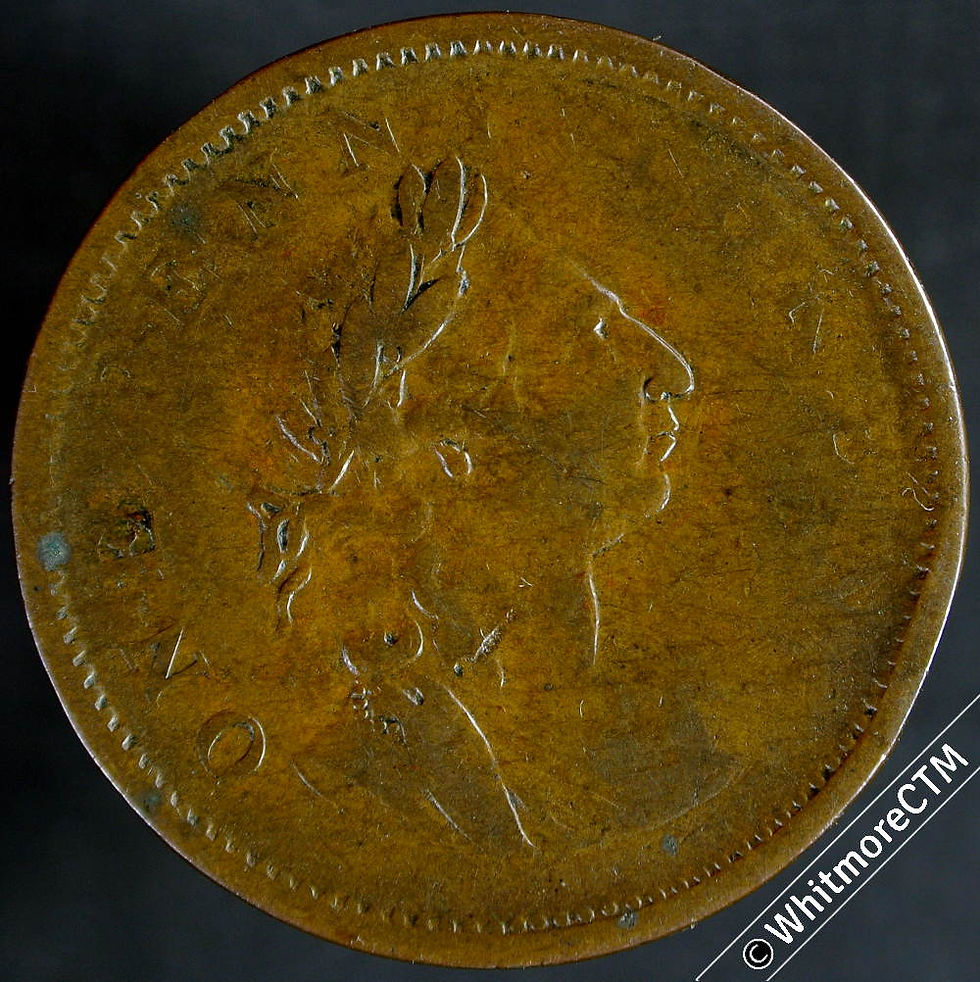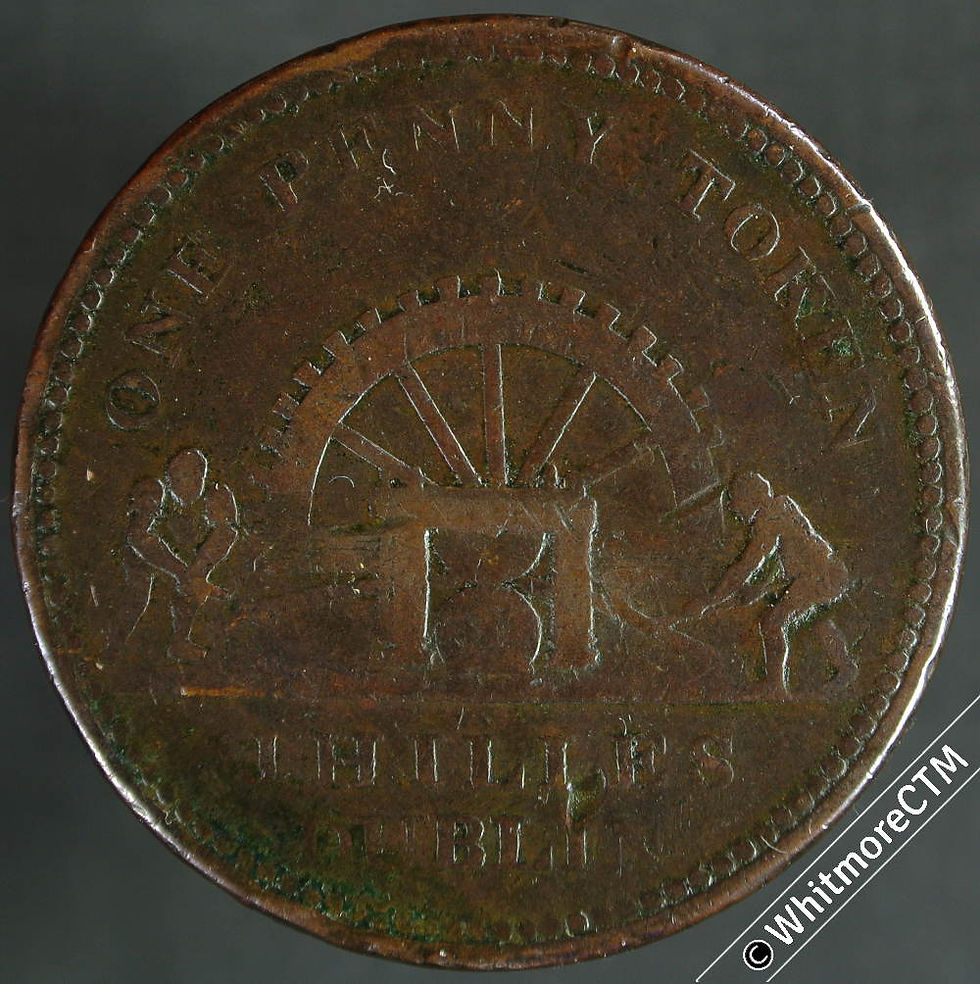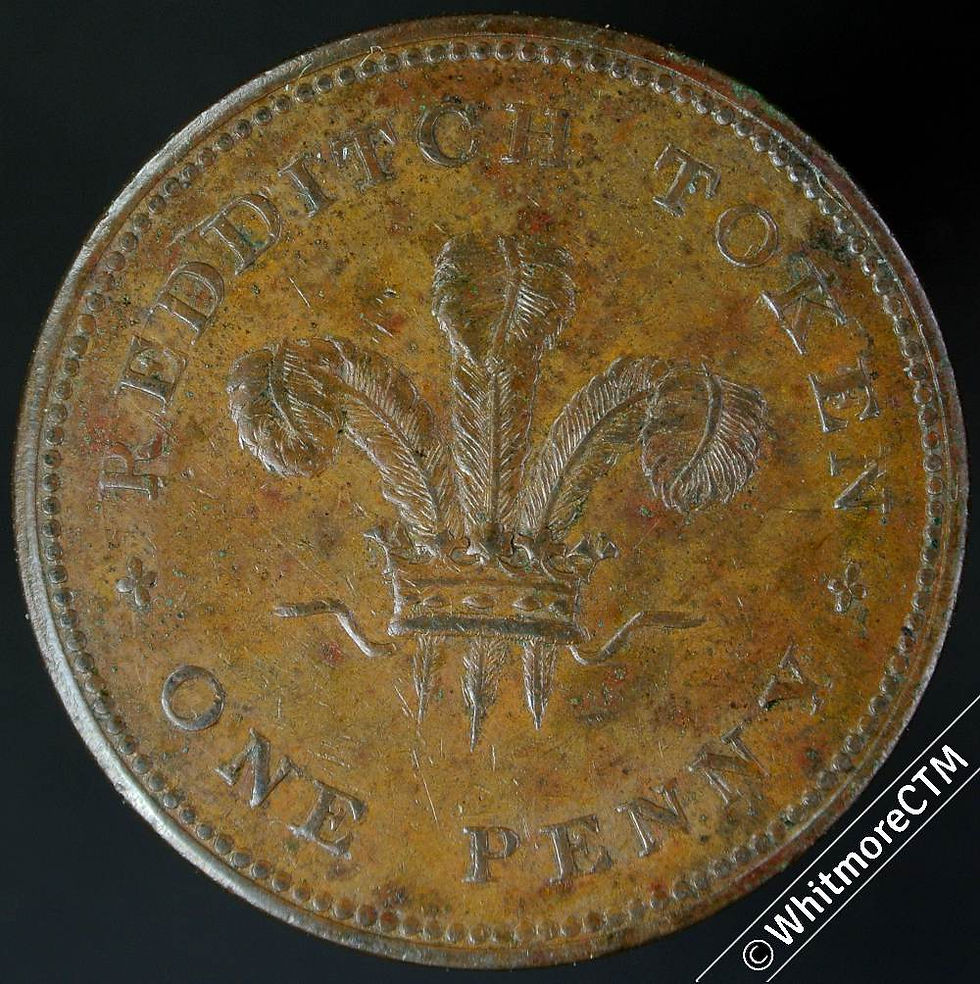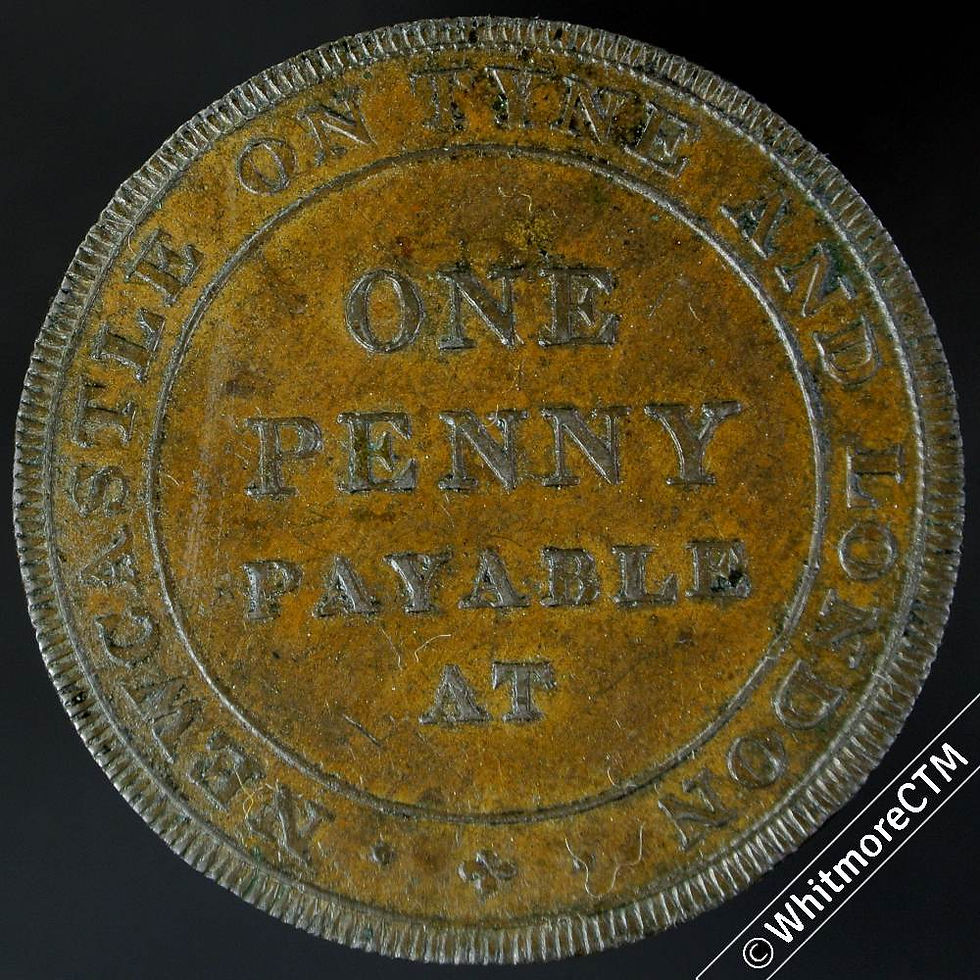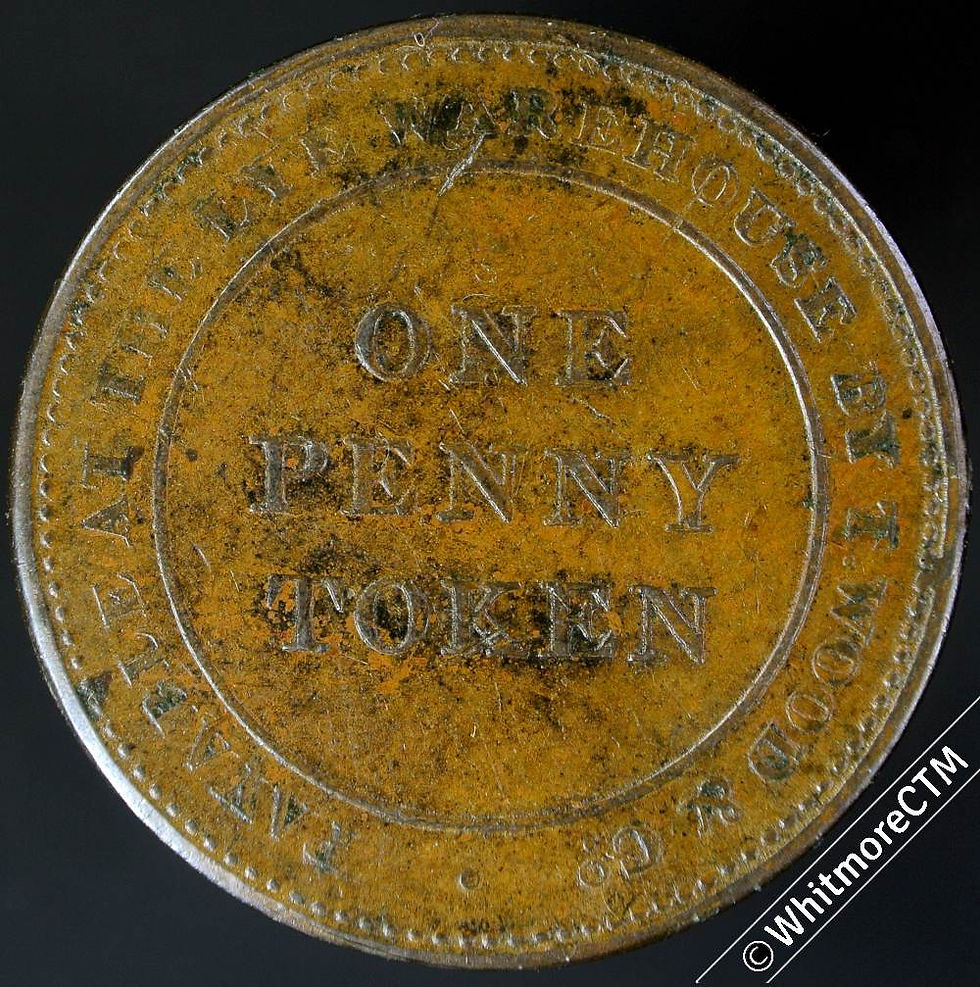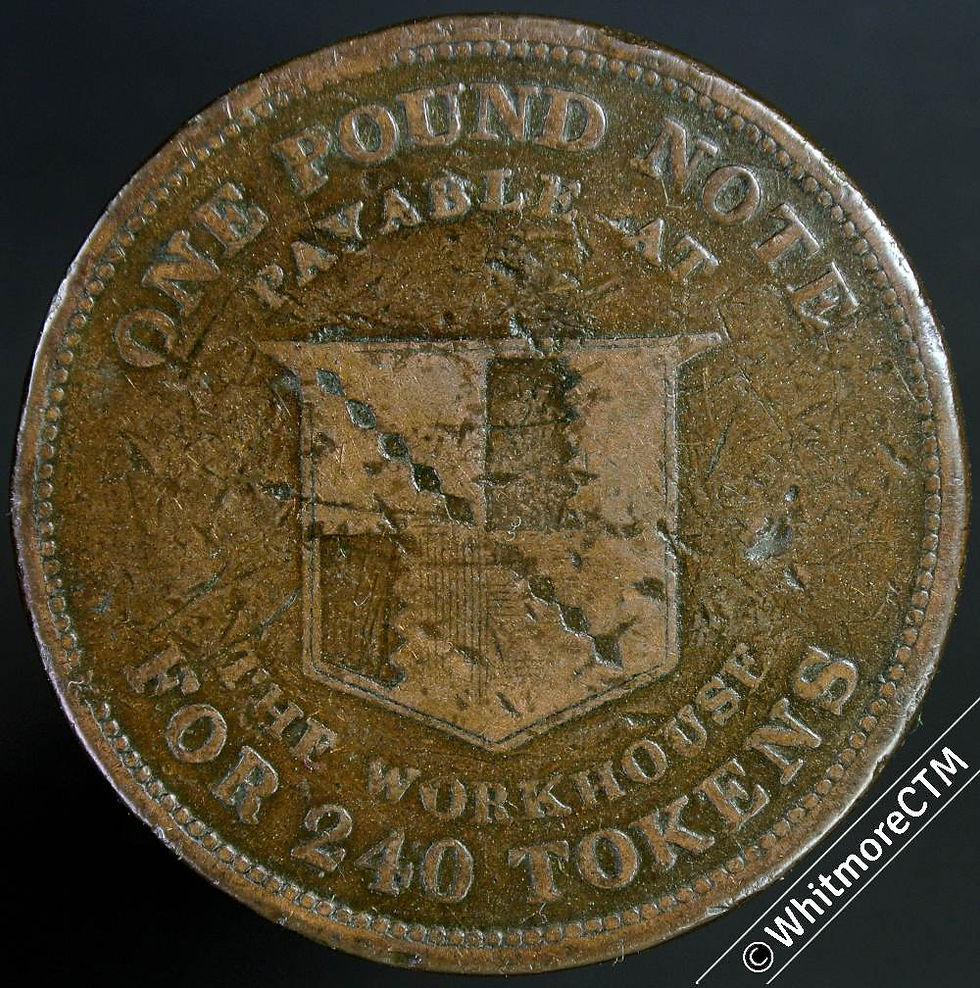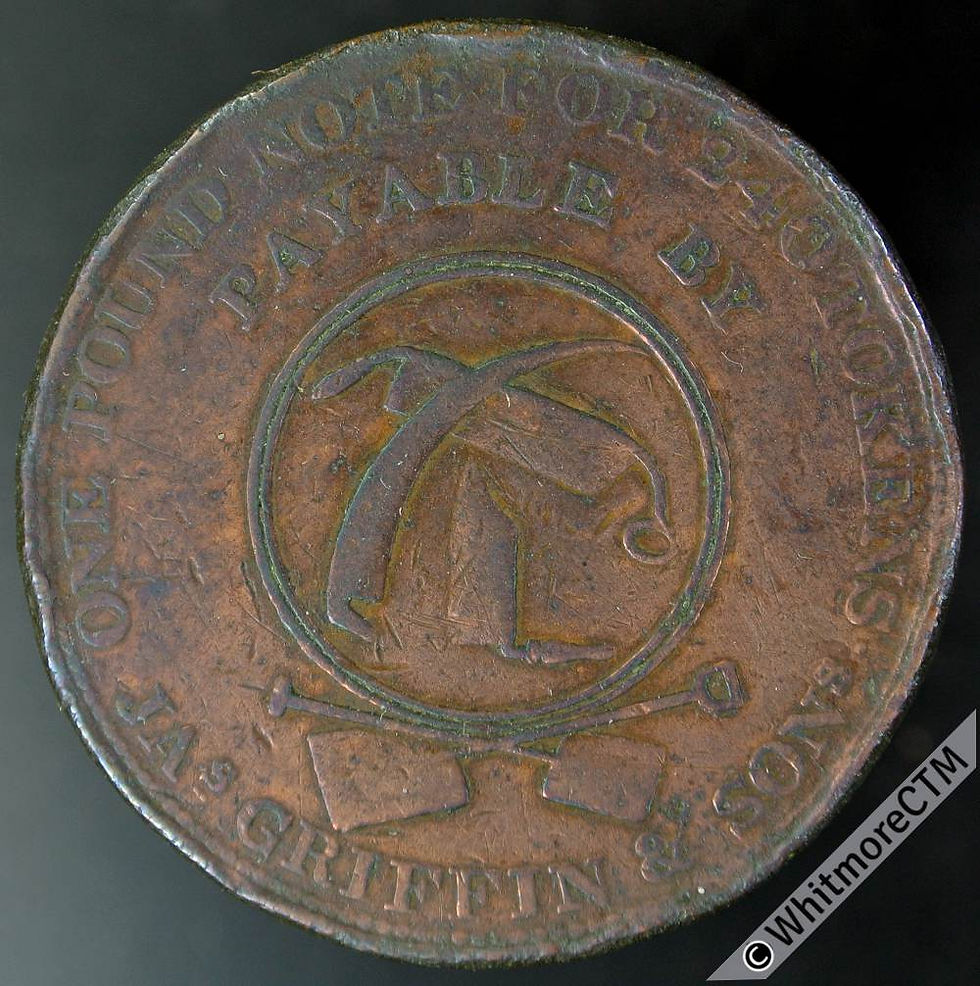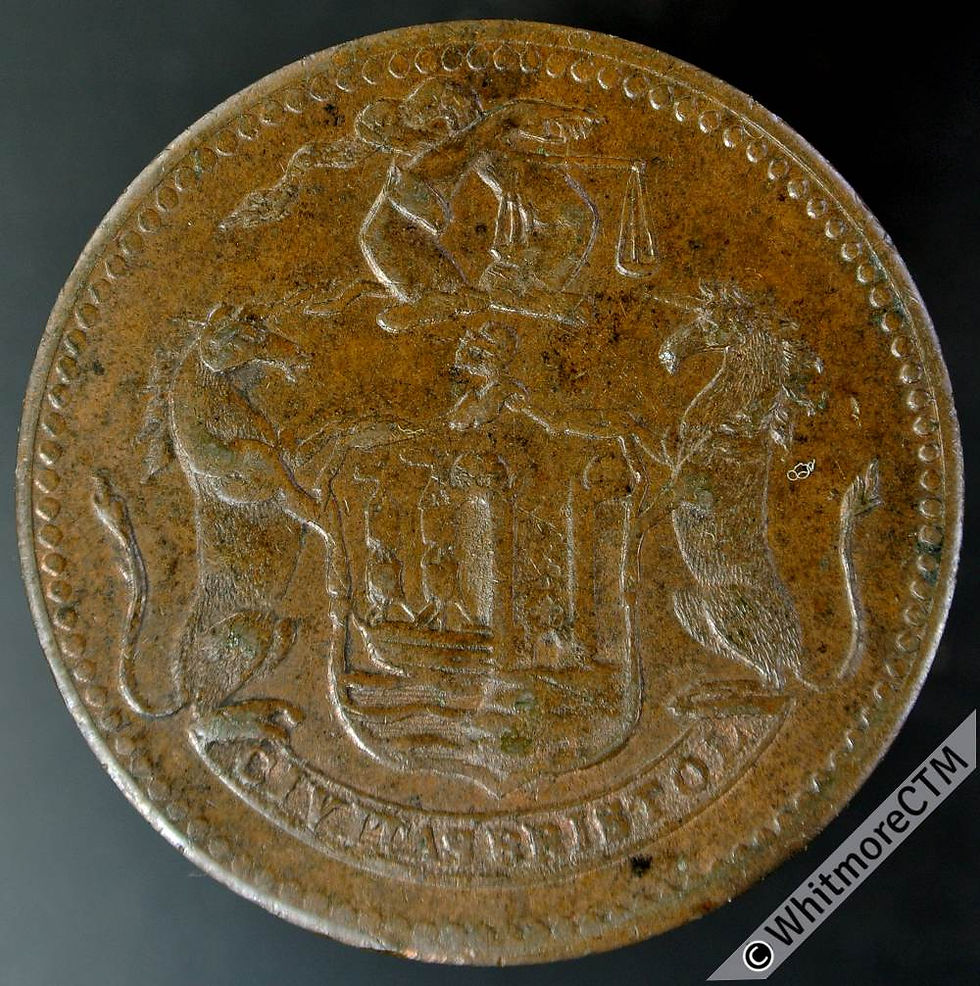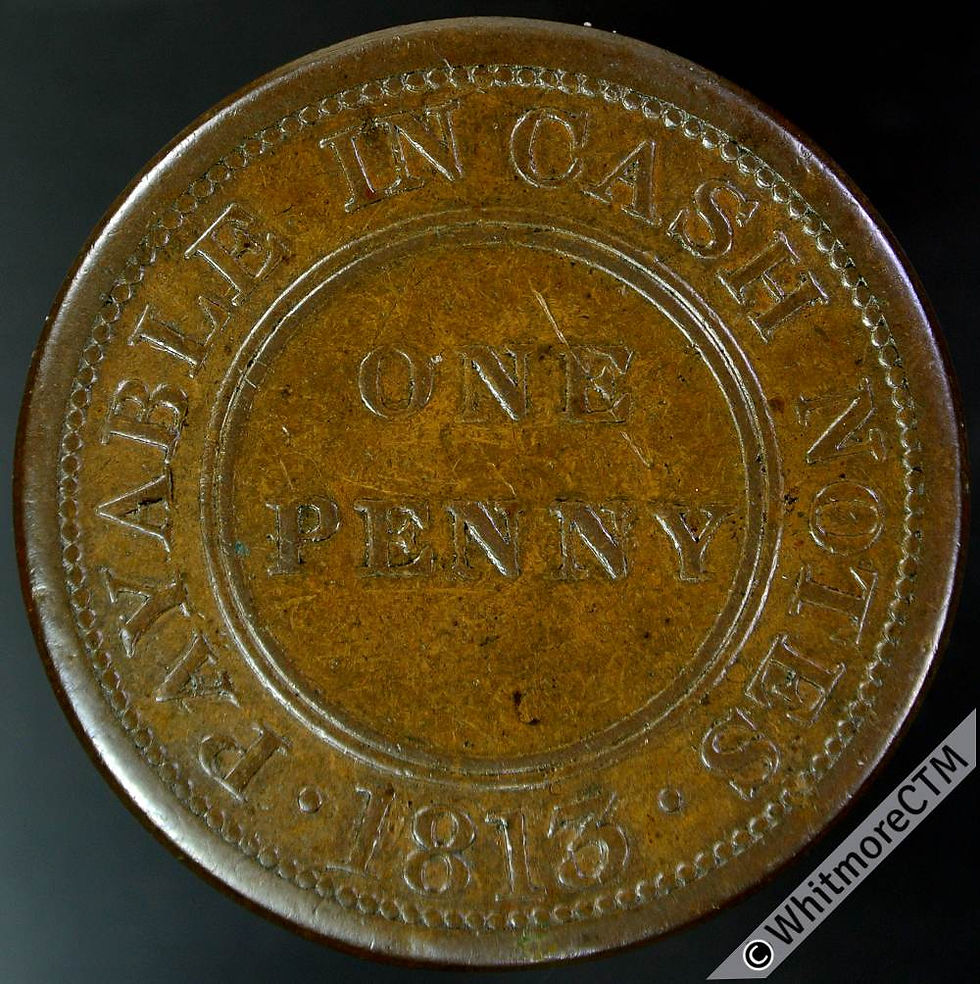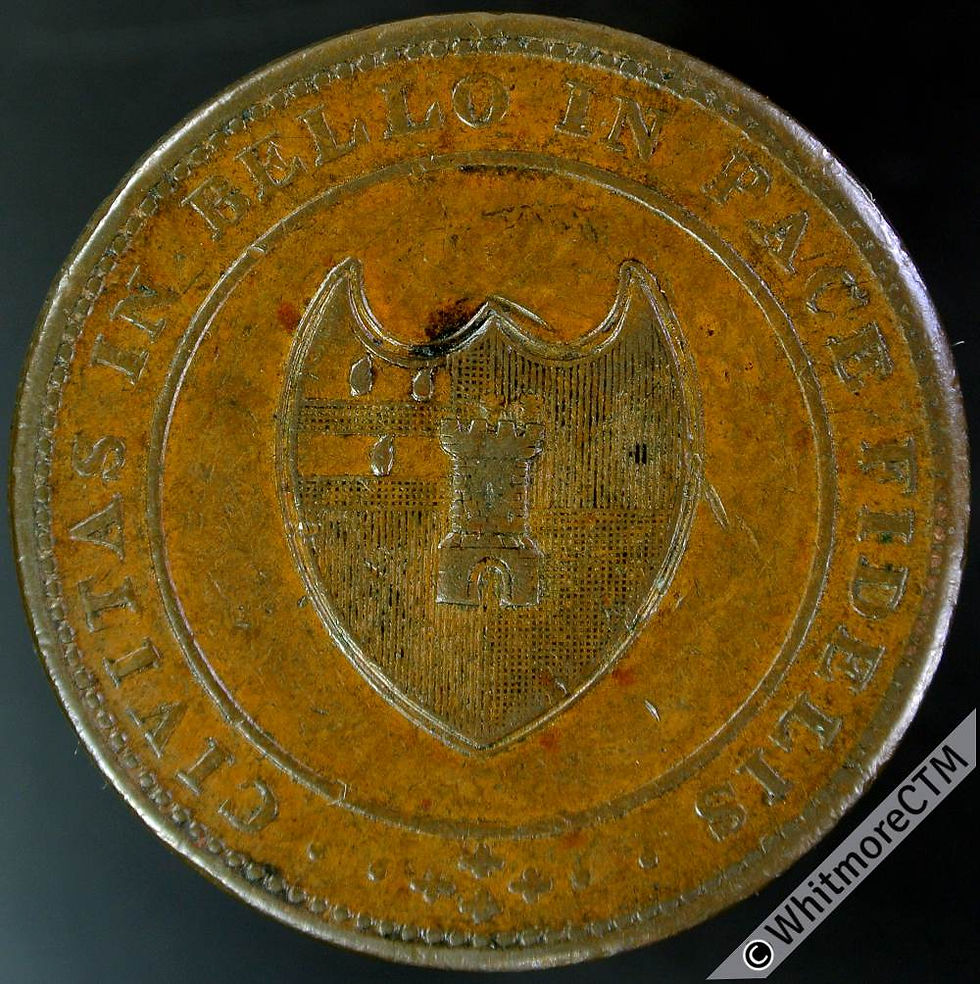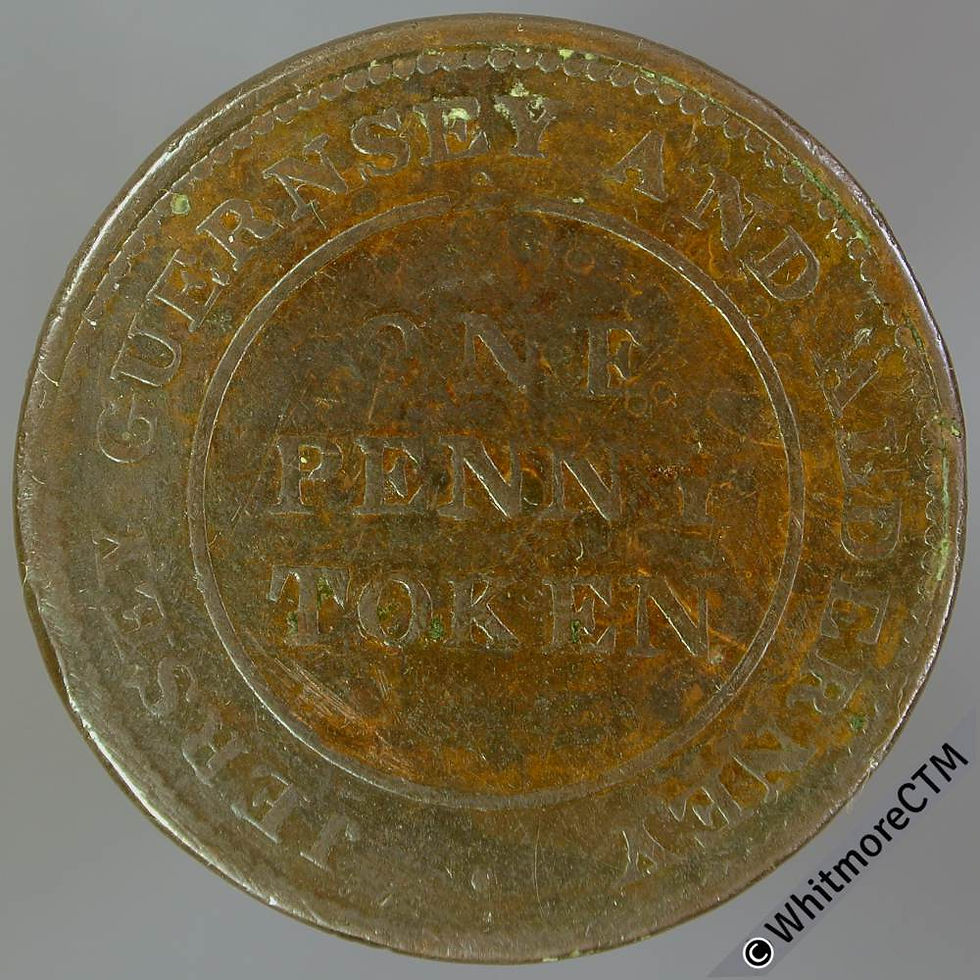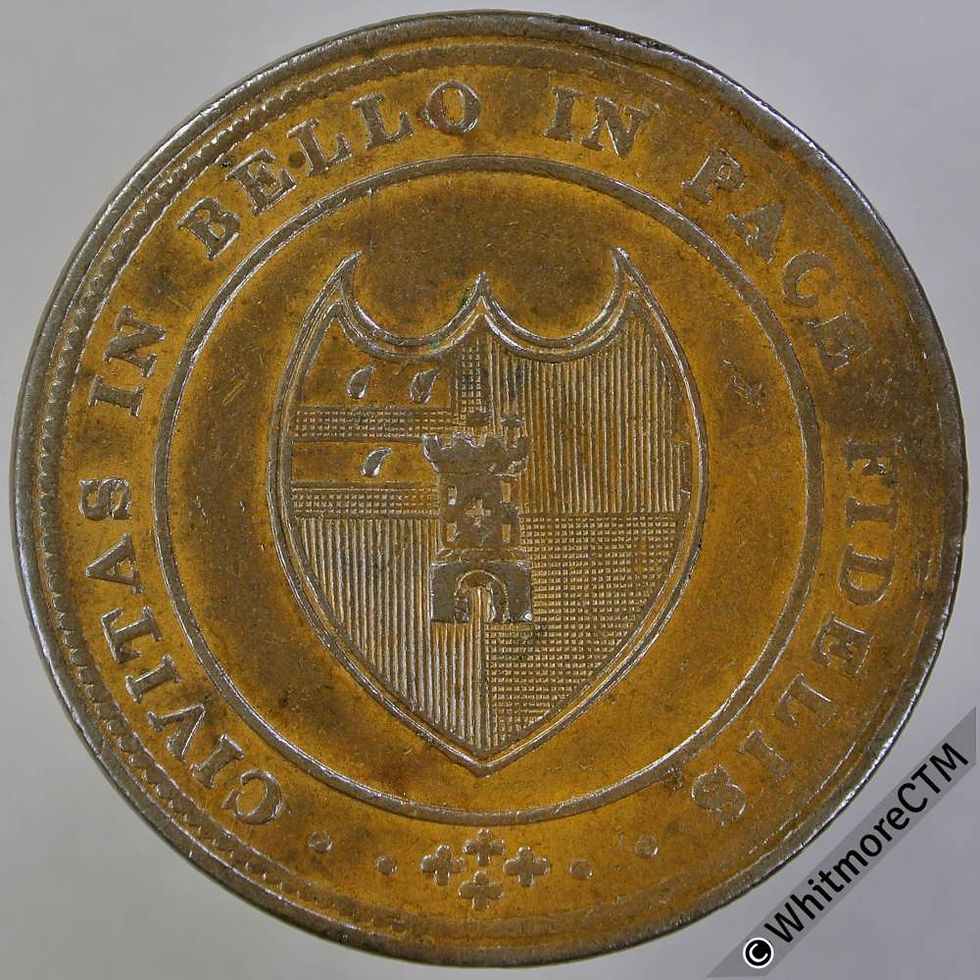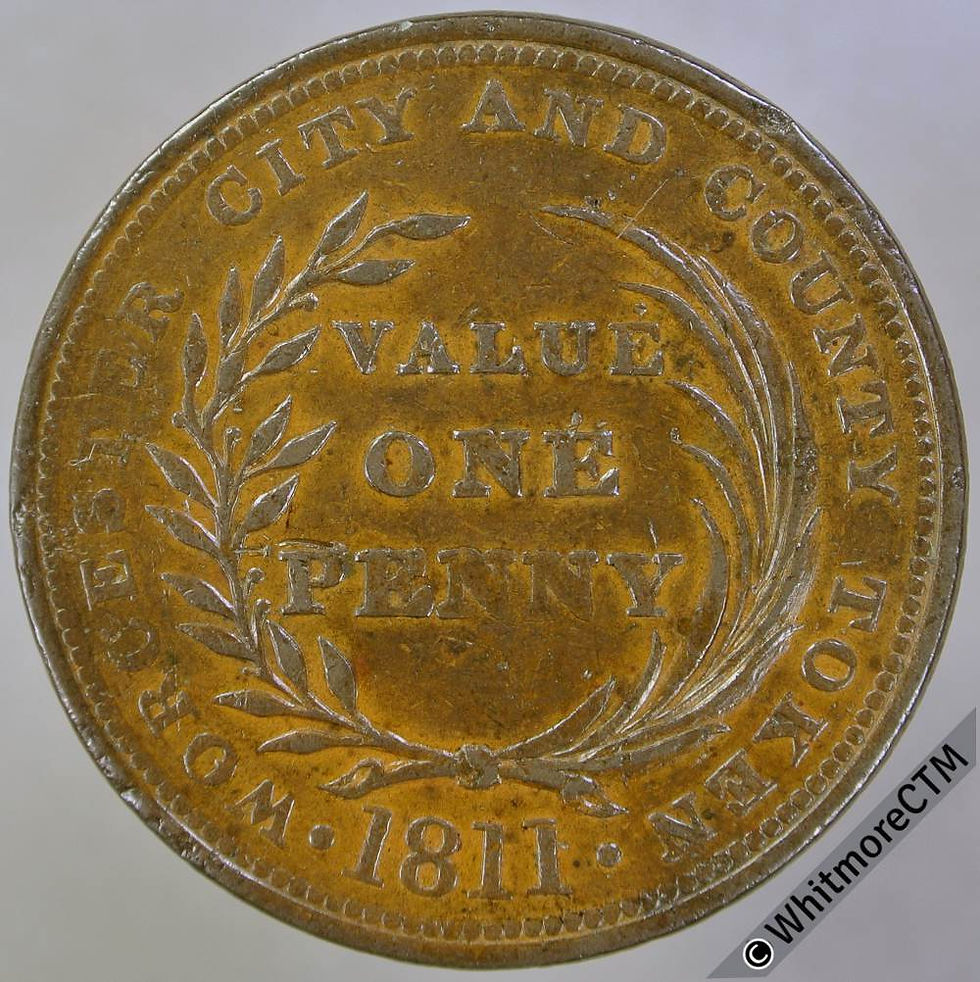NAPOLEONIC NIGHTMARES
The industrial consequences of arming the country against the risk of an invasion from France led to a further explosion of industrial activity, and the continuing refusal of the authorities to issue silver coins produced another huge output of copper tokens. These were mostly pennies and were issued by industrialists rather than merchants. While not quite as varied in design as the eighteenth century series they provide an interesting economic commentary on the Napoleonic war period. For two years in 1811 and 1812 there were even substantial issues of silver tokens. These proved a provocation too great for even the most somnolent of Treasuries, but the prejudice against silver coins below full weight remained, and was circumvented by the device of using the words bank token on an official issue displaying the portrait and full titles of the King in the unusual denominations of three shillings and one shilling and sixpence, the bank being the Bank of England. These proved merely a stopgap until in 1816 attempts to issue silver containing full bullion value were finally abandoned for ever with a magnificent series of coins, ranging from maundy penny to the crown of five shillings, using the most modern equipment by then installed in the Royal Mint. The new coins were welcomed by the public with enthusiasm, and a measure of their success is that the 1816 shilling technically remained legal tender for over 170 years. The need for large quantities of private tokens to substitute for an inadequate official coinage never arose again.
HAVE NO TRUCK
A notorious feature of the industrial revolution was the truck system whereby workers were paid in tokens redeemable only at truck shops owned by the industrialists themselves, leading to levels of exploitation unsurpassed before or since. The system was fairly quickly outlawed, and surviving examples of truck tokens are in fact comparatively rare.






